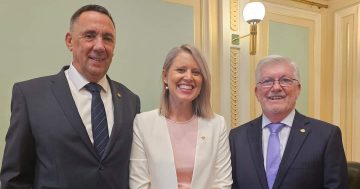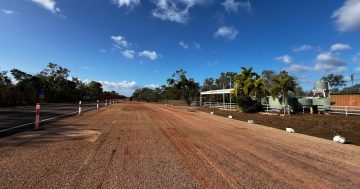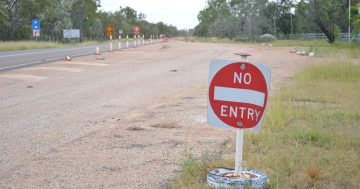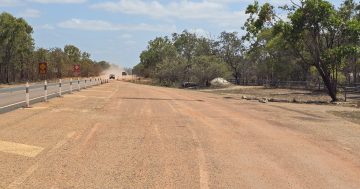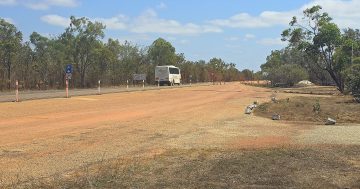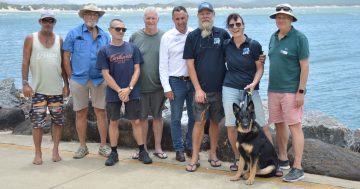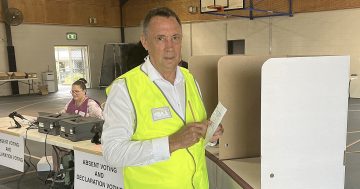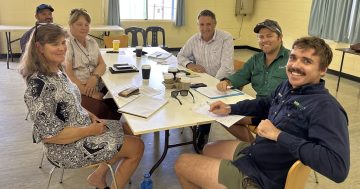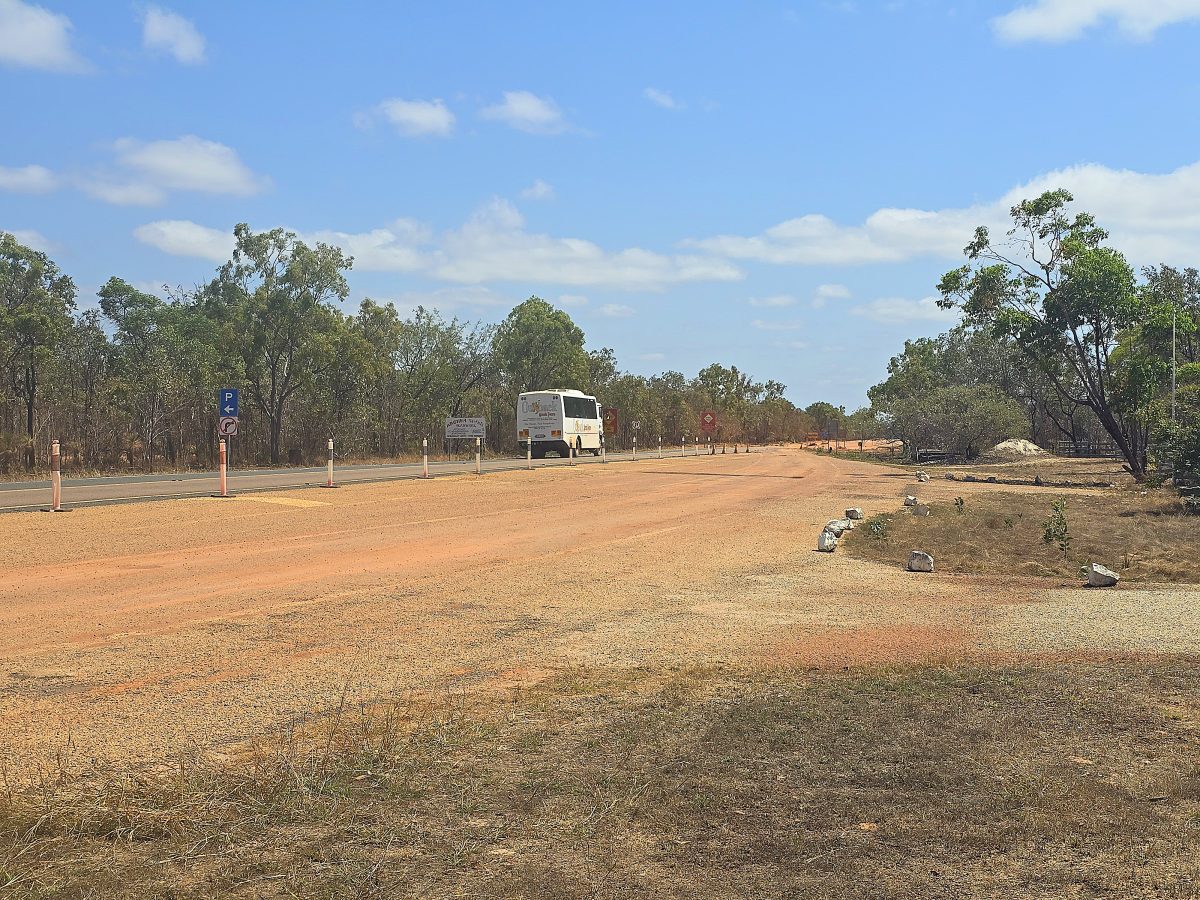
The LNP is refusing to provide details about how it plans to reopen the Cape York Biosecurity Centre, which was closed and the infrastructure handed to Traditional Owners in 2023, as part of a $50 million election promise to boost Queensland’s biosecurity capability. Photo: Cape York Weekly.
The Liberal National Party (LNP) is refusing to provide details about how it plans to reopen the Cape York Biosecurity Centre as part of a $50 million statewide election promise to boost Queensland’s biosecurity capability.
Opposition Leader David Crisafulli unveiled the strategy on 4 September, which includes employing 100 new biosecurity officers in “hotspots” across the state and reinstating a biosecurity presence at Coen after the facility was closed by the Labor State Government in mid-2023.
However, the LNP plan fails to identify how it would reopen the Coen inspection centre after the property was handed back to Southern Kaantju Traditional Owners, who have since removed key infrastructure at the Peninsula Developmental Road site.
When Cape York Weekly quizzed the LNP for specifics on the plan, a spokesperson offered a one-line response that provided no detail on how the Cape York Biosecurity Centre would be given a second lease of life.
“The LNP will reinstate our northern line of biosecurity defence with a fit-for-purpose facility delivered in consultation with stakeholders,” the spokesperson said.
LNP candidate for Cook David Kempton said he believed there was no practicable way to reopen the biosecurity centre at its former site, adding a secondary facility was needed in the northernmost part of Queensland.
“I think [Coen] is the best place for it when you look at the road network,” he said.
“As to whether they can reopen that facility, I think that horse has bolted; if it can’t be reopened, we’re certainly looking at a similar facility in a similar location.
“We will review that security facility and what happened around it, but my view is that we need fully functioning biosecurity in Cape York that offers full protection – that includes a first line of defence up in the Torres Strait or the [Northern Peninsula Area].”
Dr Kevin Dunn, who headed Queensland’s biosecurity effort for a decade and was instrumental in the establishment of the Cape York Biosecurity Centre in 1999, said the tyranny of distance and a lack of support infrastructure farther north meant Coen remained the optimal location for a reopened facility.
“We chose the spot very deliberately, because it really is a vital chokepoint for the whole of the Cape – all road traffic has to go past that point,” he said.
“The town infrastructure was pretty important and we chose to go out to where it is because it had the ability to monitor if there were light plane movements coming in from further north to Coen.
“The general Coen location, in principle, would again be the place to select in my view, if the former facility cannot be resumed.
“At the moment, the [government] has walked away entirely from any facilities at all up there.”
Dr Dunn echoed Mr Kempton’s sentiment that more needed to be done to manage biosecurity at the top of Cape York, especially if emerging agriculture projects like the Lakeland Irrigation Area Scheme – which is estimated would inject $500m into the local economy annually – were to go ahead.
“I still have a strong view that that (Torres Strait and the NPA) is a weak point in Australia’s biosecurity system; it’s the closest thing we have with a common land border to any country,” he said.
“If it (biosecurity threats) gets past somewhere like Lakeland, you’ve basically lost the game before you start.”
He added he believed a “staffing policy failure” was responsible for the downfall of the Cape York Biosecurity Centre and the decision to close is.
“It was only intercepting 40 or 44 per cent of the traffic that’s moving south – that’s kind of shake-your-head-at-it type material,” he said.
“That percentage had nothing to do with the strategically valid siting – that had to do with whether or not the switch was turned up to check up to 100 per cent of the traffic; that was a staffing policy failure, not a failure of the facility or its capability.”


